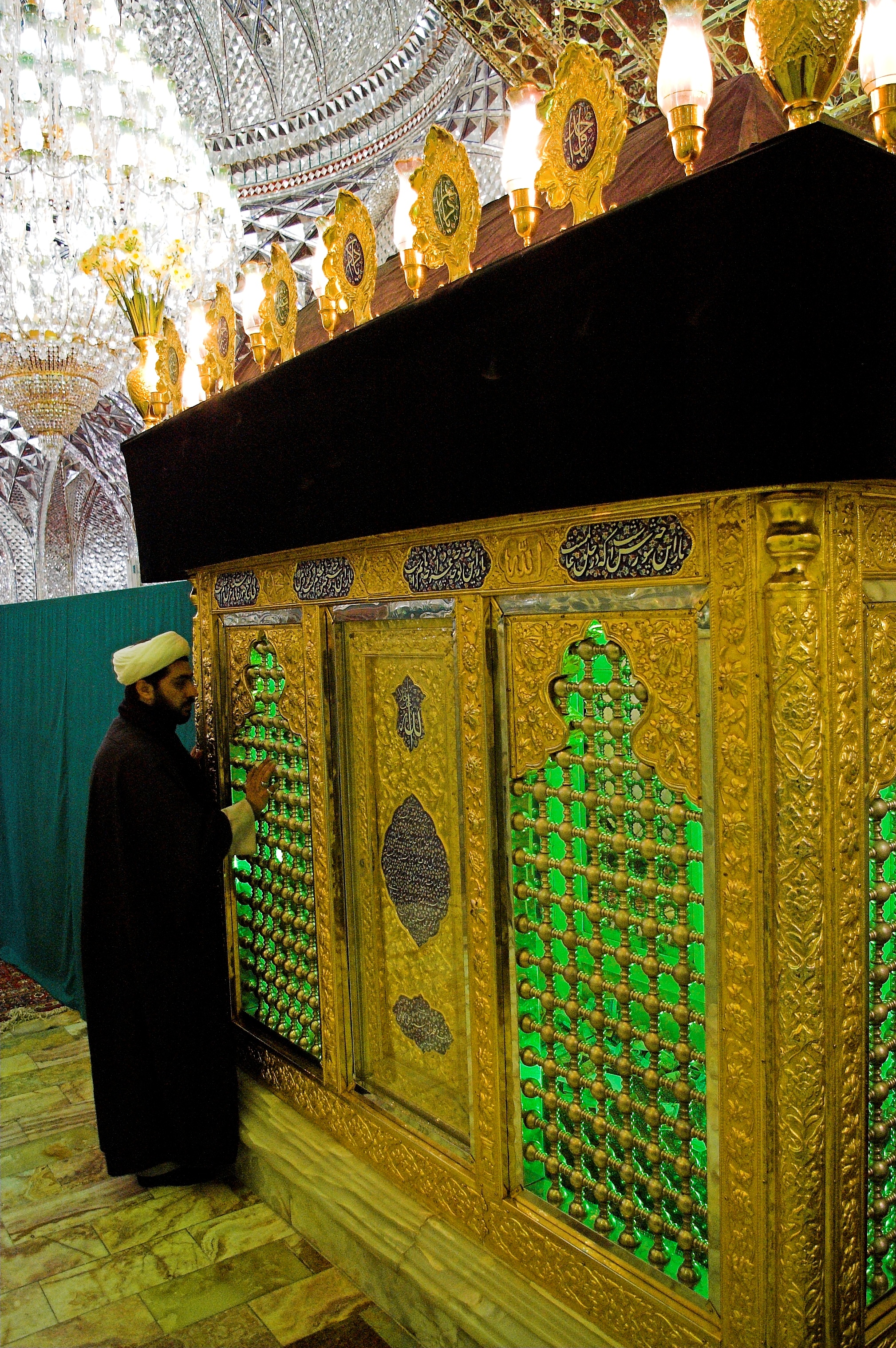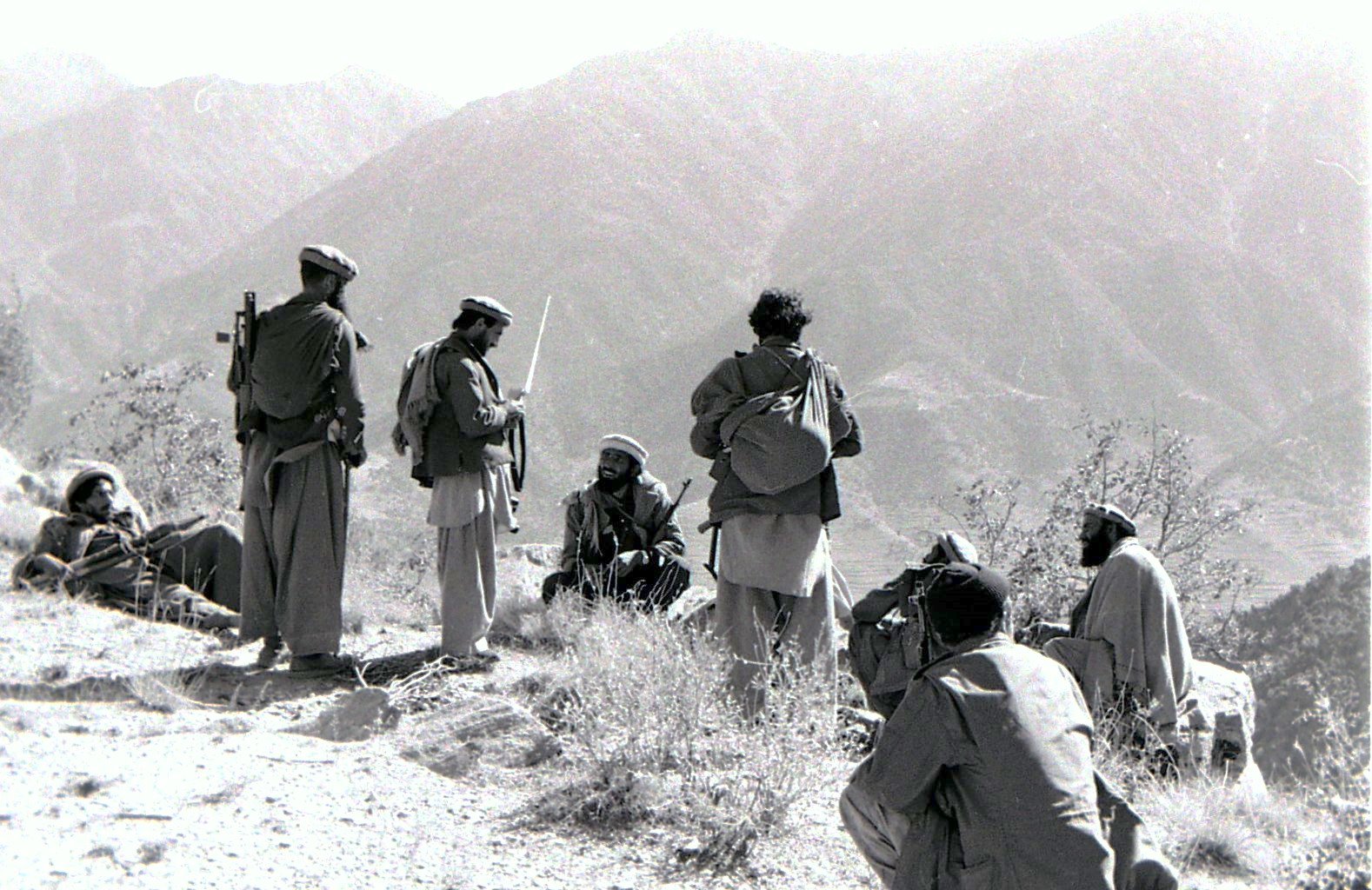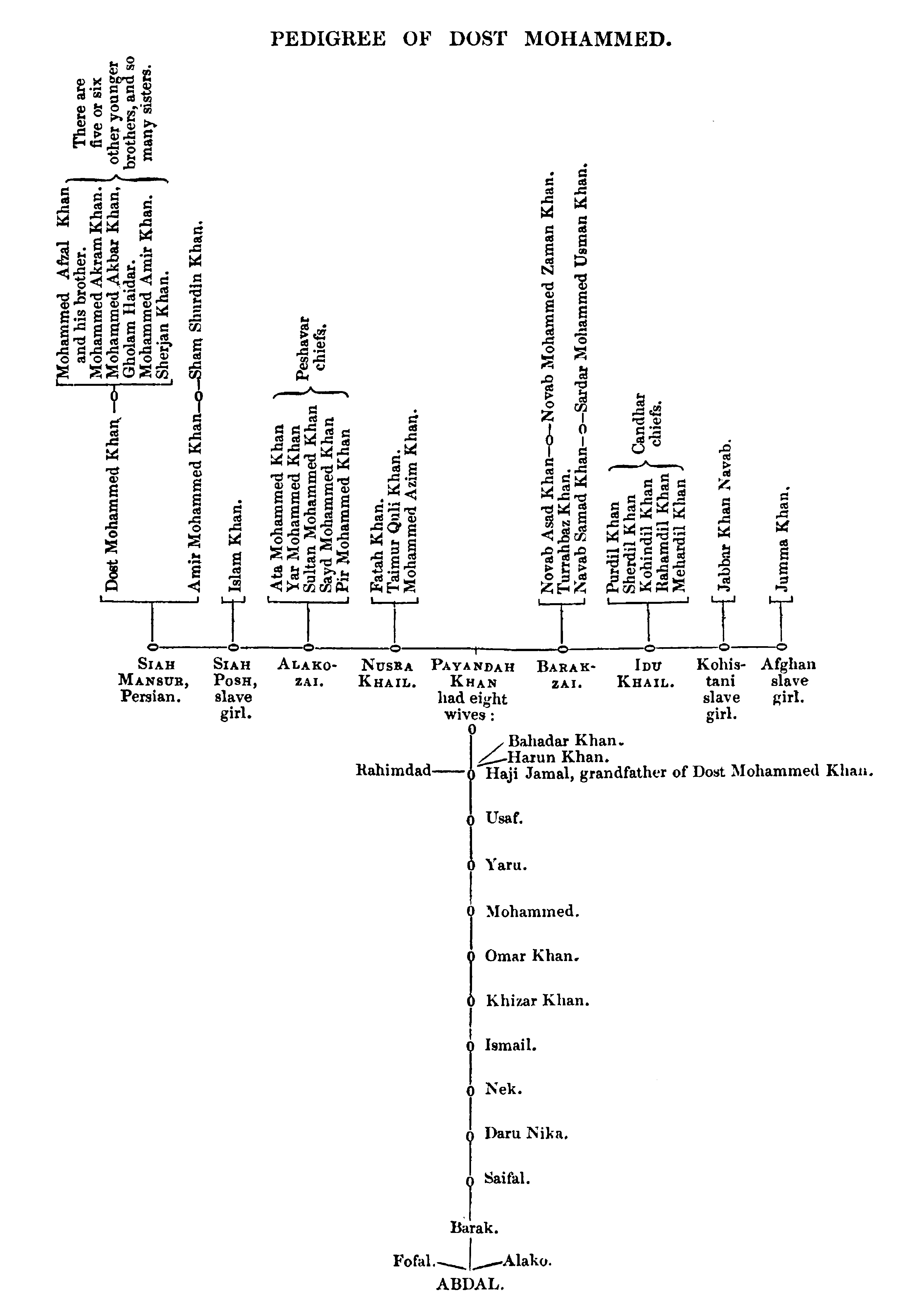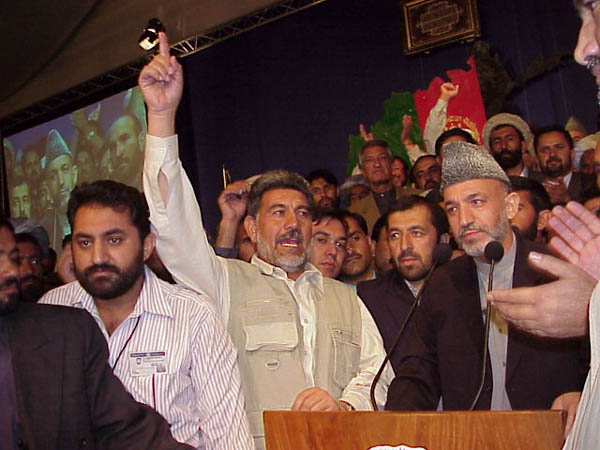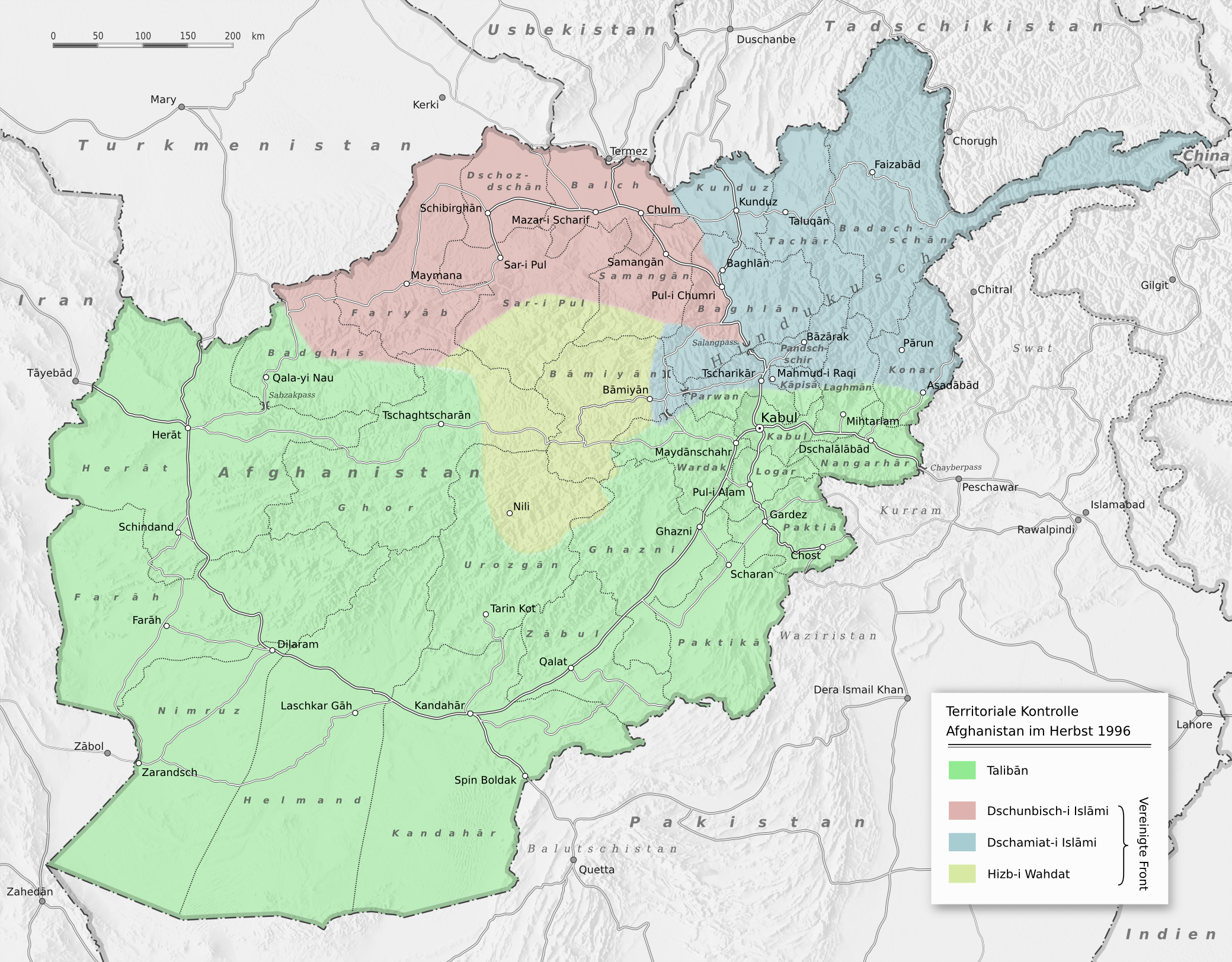|
Obaidullah Akhund
Mullah Obaidullah the Akhund ( ps, ملا عبيدالله آخوند; – March 5, 2010) was the Defence Minister in the Afghan Taliban government of 1996–2001 and then an insurgent commander during the Taliban insurgency against the Afghan government of Hamid Karzai and the US-led NATO forces. He was captured by Pakistani security forces in 2007 and died of heart disease in a Pakistani prison in 2010. Biography Mulla Obaidullah was born in the Panjwai district of Kandahar Province in southern AfghanistanGall, Calotta: "Pakistanis catch a top member of Taliban", page 4. '' International Herald Tribune'', March 2, 2007 and was believed to be born in about 1968. He was of the Alakozai tribe. Obaidullah Akhund became the Defense Minister of Afghanistan in April 1997, and the second of two top deputies to Mullah Omar, the spiritual leader of the Taliban movement. Obaidullah was seen as the "number three" man in the Taliban. [...More Info...] [...Related Items...] OR: [Wikipedia] [Google] [Baidu] |
Mullah
Mullah (; ) is an honorific title for Shia Islam, Shia and Sunni Muslim clergy or a Muslim mosque leader. The term is also sometimes used for a person who has higher education in Islamic theology and Sharia, sharia law. The title has also been used in some Mizrahi Jews, Mizrahi and Sephardi Jews, Sephardic Jewish communities to refer to the community's leadership, especially religious leadership. Etymology The word ''mullah'' is derived from the Arabic word ''mawlā'' ( ar, مَوْلَى), meaning "vicar", "master" and "guardian". Usage Historical usage The term has also been used among Persian Jews, Bukharan Jews, Afghan Jews, and other Central Asian Jews to refer to the community's religious and/or secular leadership. In Kaifeng, China, the history of the Jews in China, historic Chinese Jews who managed the synagogue were called "mullahs". Modern usage It is the term commonly used for village or neighborhood mosque leaders, who may not have high levels of religi ... [...More Info...] [...Related Items...] OR: [Wikipedia] [Google] [Baidu] |
Soviet–Afghan War
The Soviet–Afghan War was a protracted armed conflict fought in the Democratic Republic of Afghanistan from 1979 to 1989. It saw extensive fighting between the Soviet Union and the Afghan mujahideen (alongside smaller groups of anti-Soviet Maoism, Maoists) after the former militarily intervened in, or launched an invasion of, Afghanistan to support the local pro-Soviet government that had been installed during Operation Storm-333. Most combat operations against the mujahideen took place in the Afghan countryside, as the country's urbanized areas were entirely under Soviet control. While the mujahideen were backed by various countries and organizations, the majority of their support came from Pakistan, Saudi Arabia, the United States, the United Kingdom, China, and Iran; the American pro-mujahideen stance coincided with a sharp increase in bilateral hostilities with the Soviets during the Cold War (1979–1985), Cold War. The conflict led to the deaths of between 562,000 and ... [...More Info...] [...Related Items...] OR: [Wikipedia] [Google] [Baidu] |
Political Movement
A political movement is a collective attempt by a group of people to change government policy or social values. Political movements are usually in opposition to an element of the status quo, and are often associated with a certain ideology. Some theories of political movements are the political opportunity theory, which states that political movements stem from mere circumstances, and the resource mobilization theory which states that political movements result from strategic organization and relevant resources. Political movements are also related to political parties in the sense that they both aim to make an impact on the government and that several political parties have emerged from initial political movements. While political parties are engaged with a multitude of issues, political movements tend to focus on only one major issue. Political movement theories Some of the theories behind social movements have also been applied to the emergence of political movements in sp ... [...More Info...] [...Related Items...] OR: [Wikipedia] [Google] [Baidu] |
Spiritual Leader
Clergy are formal leaders within established religions. Their roles and functions vary in different religious traditions, but usually involve presiding over specific rituals and teaching their religion's doctrine Doctrine (from la, Wikt:doctrina, doctrina, meaning "teaching, instruction") is a codification (law), codification of beliefs or a body of teacher, teachings or instructions, taught principles or positions, as the essence of teachings in a given ...s and practices. Some of the terms used for individual clergy are clergyman, clergywoman, clergyperson, churchman, and cleric, while clerk in holy orders has a long history but is rarely used. In Christianity, the specific names and roles of the clergy vary by Christian denomination, denomination and there is a wide range of formal and informal clergy positions, including deacons, Elder (Christianity), elders, priests, bishops, preachers, pastors, presbyters, Minister (Christianity), ministers, and the pope. In Islam, ... [...More Info...] [...Related Items...] OR: [Wikipedia] [Google] [Baidu] |
Alakozai
Alakozai ( ps, الکوزی - meaning ''descendant of Alako'' in Pashto) is the name of a Pashtun tribe in Afghanistan. Spelling variations include Alakozi, Alakoozi, Alekozai, Alekuzei, Alikozai, Alokozay, Alokozay, Alkozai, Alokzai, Hulakozai, Alecozay, Alikusi, and Alakuzei. They are one of the four tribes of the Zirak tribal confederacy of Durrani Pashtuns. History Their eponymous ancestor is claimed to be Alako, son of King Zirak Khan, son of Abdal, son of Tareen. Distribution The Alakozai people are found primarily in Helmand, Kandahar, Kabul, Laghman, Kunar Sarkani District and Herat provinces in Afghanistan, and form the majority of the population in the Sangin District. Jaldak, which is located 110 km northeast of Kandahar, is the original domicile of the Alakozai tribe. The Alakozai people stretch from Farah to Kandahar, and constitute a majority in the Arghandab District of Kandahar. The Arghandab district was given to the Alakozai tribe by King Nadir S ... [...More Info...] [...Related Items...] OR: [Wikipedia] [Google] [Baidu] |
International Herald Tribune
The ''International Herald Tribune'' (''IHT'') was a daily English-language newspaper published in Paris, France for international English-speaking readers. It had the aim of becoming "the world's first global newspaper" and could fairly be said to have met that goal. It published under the name ''International Herald Tribune'' from 1967 to 2013. Early years In 1887, James Gordon Bennett Jr. created a Paris edition of his newspaper the ''New York Herald''. He called it the ''Paris Herald''. When Bennett Jr. died, the paper came under the control of Frank Munsey, who bought it along with its parent. In 1924, Munsey sold the paper to the family of Ogden Reid, owners of the '' New-York Tribune'', creating the ''New York Herald Tribune'', while the Paris edition became the ''Paris Herald Tribune''. By 1967, the paper was owned jointly by Whitney Communications, ''The Washington Post'' and ''The New York Times'', and became known as the ''International Herald Tribune'', or ''IHT' ... [...More Info...] [...Related Items...] OR: [Wikipedia] [Google] [Baidu] |
International Security Assistance Force
The International Security Assistance Force (ISAF) was a multinational military mission in Afghanistan from 2001 to 2014. It was established by United Nations Security Council United Nations Security Council Resolution 1386, Resolution 1386 pursuant to the Bonn Agreement (Afghanistan), Bonn Agreement, which outlined the establishment of a permanent Afghan government following the U.S. invasion in October 2001. ISAF's primary goal was to train the Afghan National Security Forces (ANSF) and assist Afghanistan in rebuilding key government institutions; it gradually took part in the broader War in Afghanistan (2001–present), war in Afghanistan against the Taliban insurgency. ISAF's initial mandate was to secure the Afghan capital of Kabul and its surrounding area against opposition forces to facilitate the formation of the Afghan Transitional Administration headed by Hamid Karzai. In 2003, NATO took command of the mission at the request of the UN and Afghan government, marking its fi ... [...More Info...] [...Related Items...] OR: [Wikipedia] [Google] [Baidu] |
United States Armed Forces
The United States Armed Forces are the military forces of the United States. The armed forces consists of six service branches: the Army, Marine Corps, Navy, Air Force, Space Force, and Coast Guard. The president of the United States is the commander-in-chief of the armed forces and forms military policy with the Department of Defense (DoD) and Department of Homeland Security (DHS), both federal executive departments, acting as the principal organs by which military policy is carried out. All six armed services are among the eight uniformed services of the United States. From their inception during the American Revolutionary War, the U.S. Armed Forces have played a decisive role in the history of the United States. They helped forge a sense of national unity and identity through victories in the First Barbary War and the Second Barbary War. They played a critical role in the American Civil War, keeping the Confederacy from seceding from the republic and preserving ... [...More Info...] [...Related Items...] OR: [Wikipedia] [Google] [Baidu] |
Presidency Of Hamid Karzai
The Karzai administration was the government of Afghanistan under President Hamid Karzai, who became the head of state of Afghanistan in December 2001 after the Taliban government was overthrown. Karzai was appointed at the 2002 Loya Jirga as the Interim President of the Afghan Transitional Administration. After the 2004 Afghan presidential election, he became the President of Afghanistan. President of the transitional government 2001–2004 In October 2001, U.S.-led forces invaded Afghanistan. About two months later, the Taliban government was overthrown. In December 2001, political leaders gathered in Germany to agree on new leadership structures. Under the 5 December Bonn Agreement they formed an interim Transitional Administration and named Karzai Chairman of a 29-member governing committee. He was sworn in as leader on 22 December. The Loya Jirga of 13 June 2002, appointed Karzai Interim holder of the new position as President of the Afghan Transitional Administratio ... [...More Info...] [...Related Items...] OR: [Wikipedia] [Google] [Baidu] |
Taliban Insurgency
{{Infobox military conflict , partof = the War in Afghanistan (2001–2021) and the Afghanistan conflict , image = 2021 Taliban Offensive.png , image_size = 300px , caption = Map of the 2021 Taliban offensive. , date = 17 December 2001 – 15 August 2021({{Age in years, months, weeks and days, month1=12, day1=17, year1=2001, month2=8, day2=15, year2=2021) , place = Islamic Republic of Afghanistan , result = Taliban victory * Coalition failure to quell the insurgency * Fall of the Islamic Republic of Afghanistan * Reestablishment of the Islamic Emirate of Afghanistan , combatant1 = {{flagcountry, Islamic Republic of Afghanistan * Afghan National Security Forces {{collapsible list , bullets= yes , title= {{flagicon image, Flag of the Resolute Support Mission.svg RS (2015 onwards){{cite web, url=http://www.rs.nato.int/troop-numbers-and-contributions/index.php, title=News – Resolute Supp ... [...More Info...] [...Related Items...] OR: [Wikipedia] [Google] [Baidu] |
Islamic Emirate Of Afghanistan (1996–2001)
The Islamic Emirate of Afghanistan ( ps, د افغانستان اسلامي امارت, '), also referred to as the First Islamic Emirate of Afghanistan, was an Islamic state established in September 1996, when the Taliban began their governance of Afghanistan after the fall of Kabul. At its peak, the Taliban government controlled approximately 90% of the country, while remaining regions in the northeast were held by the Northern Alliance, which maintained broad international recognition as a continuation of the Islamic State of Afghanistan. After the September 11 attacks and subsequent declaration of a "War on Terror" by the United States, international opposition to the regime drastically increased, with diplomatic recognition from the United Arab Emirates and Pakistan being rescinded. The Islamic Emirate ceased to exist on 7 December 2001 after being overthrown by the Northern Alliance, which had been bolstered by the ISAF coalition established after a U.S.-led invas ... [...More Info...] [...Related Items...] OR: [Wikipedia] [Google] [Baidu] |
Afghanistan
Afghanistan, officially the Islamic Emirate of Afghanistan,; prs, امارت اسلامی افغانستان is a landlocked country located at the crossroads of Central Asia and South Asia. Referred to as the Heart of Asia, it is bordered by Pakistan to the east and south, Iran to the west, Turkmenistan to the northwest, Uzbekistan to the north, Tajikistan to the northeast, and China to the northeast and east. Occupying of land, the country is predominantly mountainous with plains in the north and the southwest, which are separated by the Hindu Kush mountain range. , its population is 40.2 million (officially estimated to be 32.9 million), composed mostly of ethnic Pashtuns, Tajiks, Hazaras, and Uzbeks. Kabul is the country's largest city and serves as its capital. Human habitation in Afghanistan dates back to the Middle Paleolithic era, and the country's Geostrategy, strategic location along the historic Silk Road has led it to being described, pict ... [...More Info...] [...Related Items...] OR: [Wikipedia] [Google] [Baidu] |
